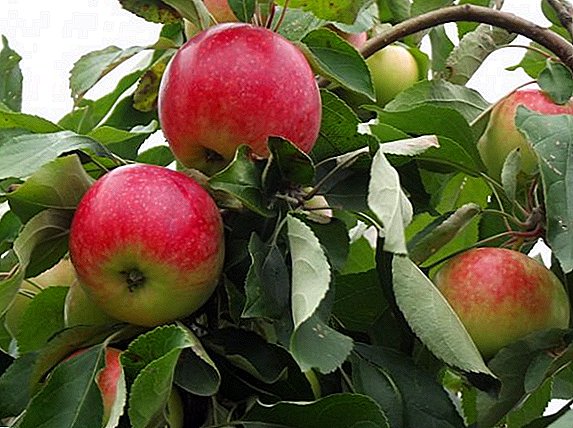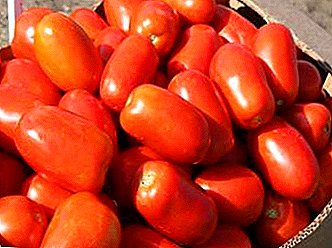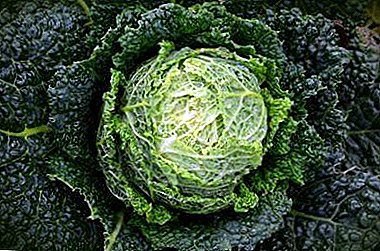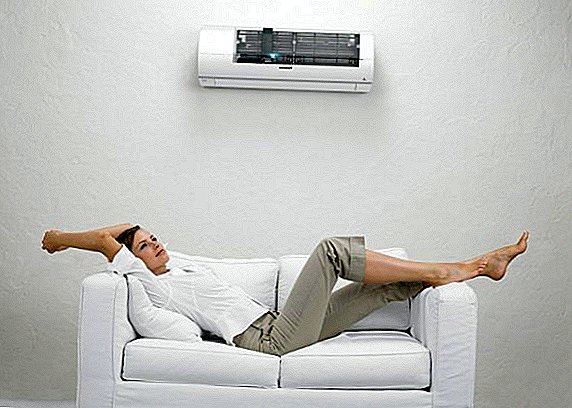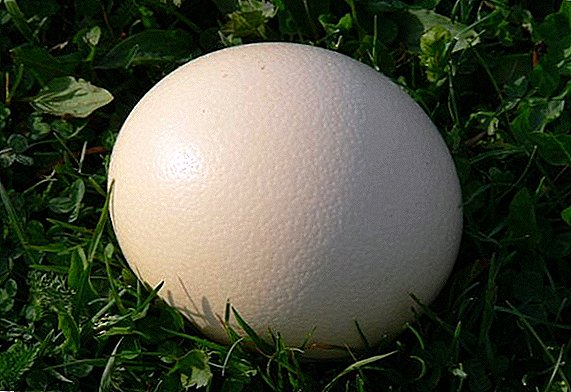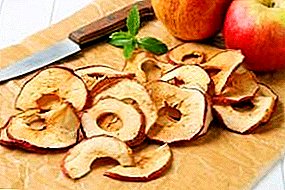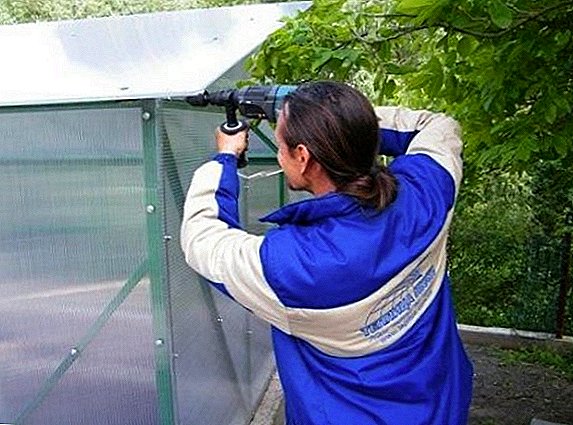 The issue of attaching polycarbonate to a metal base is of concern not only to professional builders, but also ordinary gardeners, because it is from this material that you can make a quality greenhouse for your plants. Of course, you will be able to get a satisfactory result only if you know in advance about all the necessary actions, but with this we will help you now. Let's look at the main advantages of using polycarbonate material and carefully examine the nuances of working with it.
The issue of attaching polycarbonate to a metal base is of concern not only to professional builders, but also ordinary gardeners, because it is from this material that you can make a quality greenhouse for your plants. Of course, you will be able to get a satisfactory result only if you know in advance about all the necessary actions, but with this we will help you now. Let's look at the main advantages of using polycarbonate material and carefully examine the nuances of working with it.
Benefits of using polycarbonate
Polycarbonate is deservedly considered one of the most popular materials of modern times. In an individual construction, a honeycomb variety is used predominantly, while in organizing decorative partitions and separating walls indoors, builders more often use monolithic polycarbonate. 
Among the main advantages of this material are the following:
- Small weight. In the modern market it is the easiest roofing material that does not affect its strength. A 2.5 cm thick polycarbonate panel with a size of 750x1500 mm withstands loads of 200 kg / m², and it weighs no more than 3.4 kg / m².
- Low thermal conductivity. In this regard, polycarbonate wins against glass, since there is an air gap between the walls of the material, which conducts poorly both heat and cold. As a result, a specific temperature is easier maintained in a greenhouse.
- Optical properties. In terms of light transmission, the described material is in no way inferior to glass, and the light transmittance varies from 11-85%. That is, if you wish, you can both organize a good illumination of space, and achieve almost complete shading. Unlike glass, polycarbonate sheets are additionally supplied with a special film that will be able to protect your plants from the harmful ultraviolet solar radiation.
- High level of durability and reliability. The resistance of the polycarbonate material to mechanical stress is much higher than that of glass, so it is often used in armored and protective glazing.
- Safety of use. Even if during the operation any damages appear, both the people and the plants will be protected from splinters, and if we take into account the high fire resistance and low weight, then we have an almost perfect solution to any problem of building materials.
- Dimensions and overall dimensions. Today, a variety of polycarbonate panels are available, which can be of different sizes (for example, 1050х12000 mm). At the same time, their weight will be only 44 kg, and one person is enough for installation of the structure (polycarbonate sheets are easily interconnected).
- Excellent panel handling. For cutting or drilling material you will not need any special equipment, because all the work is done using standard tools. In addition, polycarbonate panels bend perfectly, while remaining unharmed.
- Good savings. In any construction, the material side of the issue is far from the last criterion for choosing a roofing material, so it is worth noting the advantage of polycarbonate in this regard. His sheets usually cost much less than ordinary glass packs, and if you also take into account the fact that you need less material to create a frame, the advantage of such a solution is more than obvious.
Video: what you need to pay attention to when choosing polycarbonate
As an additional advantage of polycarbonate, it is possible to note the simplicity of working with it, because the fastener technology is easy to master in the shortest possible time. This is a great option for sheltering sheds, greenhouses, garages, lightweight buildings and sloping roofs, and the honeycomb variety also allows you to create arched structures.
Did you know? Cellular polycarbonate was originally developed as a material for the construction of greenhouses. The first sheet was issued in 1976, and the equipment of the company "Polygal" was used for its production.
What you need to know about the correct hardware
The correct fastening of carbonate sheets provides a competent approach to the organization of a strong frame and the location of the sheets of material themselves, as a result of which the coating will be able to maintain an attractive appearance for many years. 
In addition, to protect the polycarbonate from destruction (both external and internal) will help properly selected fasteners and sealing materials that prevent the ingress of moisture into the honeycomb.
We advise you to read about how to choose polycarbonate for your greenhouse, how to make a polycarbonate greenhouse with your own hands, as well as to familiarize yourself with the pros and cons of different types of foundations for polycarbonate greenhouses.
It is moisture that causes the mold of polycarbonate, its "sweating" and spread inside the black mold. Of course, we are no longer talking about any attractive type of coating and, most likely, only the replacement of yellowed and blackened material can change the situation.
The consequences of improper mounting of polycarbonate look like this:  Consequences of improper attachment
Consequences of improper attachment
Polycarbonate Robot
The whole process of fixing polycarbonate can be divided into several successive stages, each of which has its own characteristics. Particular care should be taken when cutting sheets, although other processes require a high level of vigilance. Consider each of them more closely.
How to cut
Before proceeding to cutting a polycarbonate sheet, you need to prepare the appropriate tool. A high-speed circular saw with hard-alloy discs and undiluted small teeth is suitable for this role, and you can use a jigsaw or a stationery knife for small cuts.
As for the process itself, the following sequence of all actions should be observed.
Video: how to cut cellular polycarbonate To begin, clear the surface to accommodate polycarbonate plates (there should not be any stones or any other objects that could damage the material on the floor). The best solution for leveling the surface will be sheets of chipboard and fiberboard.
You will surely be interested in reading about how to make a summerhouse and a visor above the polycarbonate porch.
Mark the panel itself, marking the cut point with a marker (if you have to deal with a large canvas, you can navigate through it using the board, so as not to leave dents on the plastic). An even cut along the cells does not require the use of a marker, because they themselves will be a good designation of the borders.
Before the immediate cutting, place the boards under the panels (on both sides of the marker marking), and put another one on top (it is necessary for the person to move when cutting).  If you need to cut the canvas on a flat line, then the Bulgarian will work well for this task, otherwise you will need a jigsaw, and a stationery knife for a small fit. After cutting, any remaining chips and dust must be blown off with compressed air.
If you need to cut the canvas on a flat line, then the Bulgarian will work well for this task, otherwise you will need a jigsaw, and a stationery knife for a small fit. After cutting, any remaining chips and dust must be blown off with compressed air.
Important! When cutting polycarbonate sheets can not be held in the hands, as strong vibration can distort the evenness of the cut or injure the worker. If possible, placing the panel on the floor, it is better to additionally fix the vise.
How to drill holes
For this stage of work, you only need an electric drill with metal drills. Holes should be located between the ribs, so as not to disturb the normal condensate drain. It is advisable to drill polycarbonate sheets before direct fasteners so that moisture does not get inside.  Polycarbonate Drilling Rules
Polycarbonate Drilling Rules
For high-quality performance of the task it is necessary:
- prepare a drill with a sharpening angle of 30 °;
- select the diameter of the hole so that it matches the diameter of the fastener or exceeds it by 3 mm;
- when working, keep the tool at a strictly right angle, adhering to a speed greater than 40 m / min
With a large amount of work, it is worth regularly taking breaks that will allow for timely removal of chips and cooling the drill.
We recommend reading about how to self-cover the roof with a metal tile, ondulin, and also how to make a four-sided, gable and mansard roof.
How to properly seal the ends of the panels
This stage will be relevant only if you have to deal with cellular panels. During the transportation and storage of polycarbonate sheets, the manufacturer usually protects the end part with temporary adhesive tape, but it must be removed before sealing.  The process itself is simple and involves fixing a continuous adhesive tape on the upper ends and perforated on the bottom.
The process itself is simple and involves fixing a continuous adhesive tape on the upper ends and perforated on the bottom.
True, this method of sealing the end parts is suitable only for vertical and inclined mounting of sheets, while arched structures will need to be closed with perforated tape at both ends. The lower ends of the panels can not be made completely sealed.
Important! To seal the panels ordinary tape will not fit.
Mounting methods
There are several ways to fix polycarbonate sheets, so that each master will be able to choose the most convenient option for themselves. Consider some of them.
Using Thermal Washers
Thermo washer - one of the most common fasteners when working with polycarbonate. It consists of several important parts: a plastic washer (for convenience, it has a wide base), a sealing elastic ring, and a plug.  Thermal washer for installation of cellular polycarbonate. The self-tapping screw usually does not enter this set, and it should be bought in addition separately. Using such a clamp, you can gently but reliably press the sheet to the frame base and prevent moisture from entering the material, and in addition to this, you also get a beautiful decorative element.
Thermal washer for installation of cellular polycarbonate. The self-tapping screw usually does not enter this set, and it should be bought in addition separately. Using such a clamp, you can gently but reliably press the sheet to the frame base and prevent moisture from entering the material, and in addition to this, you also get a beautiful decorative element.
If you like to do everything with your own hands, we advise you to read about how to properly glue the plinth, how to put a plastic window sill, how to make a warm floor, how to properly sheathe the door, sheathe the wall with plasterboard, make a plasterboard partition with a doorway, how to properly tile, how install blinds on plastic windows and how to insulate window frames for the winter.
There are three types of shims:
- polycarbonate;
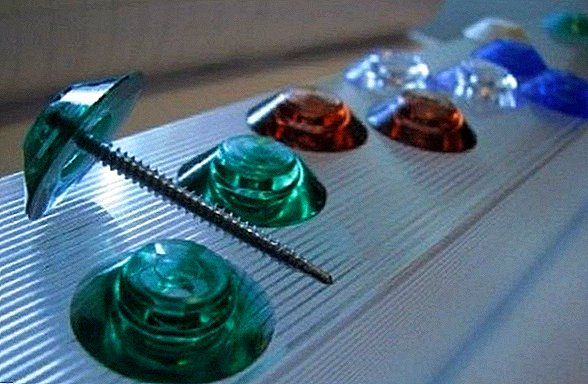
- polypropylene;
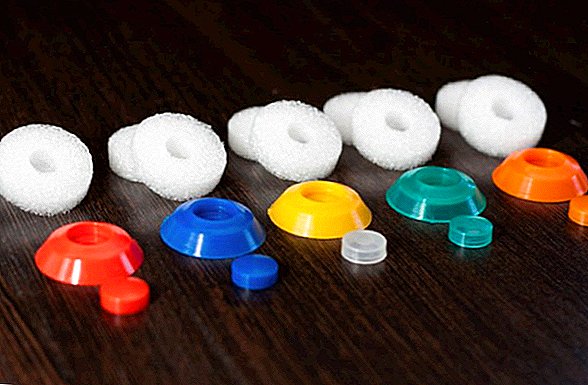
- made of stainless steel.

Of course, the most reliable and durable option will be a steel element, but it does not have the necessary decorative properties, which is why consumers increasingly prefer polycarbonate products that are only slightly inferior in strength to stainless steel.
Installation of sheets using thermal washers is performed in the following sequence:
- Holes are drilled at the attachment points of the polycarbonate sheet to the frame base.
- Then insert the screws into the holes of the thermo washers.
- Place the canvas on a metal frame and fasten in the desired position (if possible, it is better to perform this action with an assistant).
At the end of the installation, the thermo washers are closed with protective caps (included in the kit) in order to protect the product from precipitation. During the work it is necessary to be careful only at the stage of drilling holes, and then all the steps to install the thermo washers are very simple and easy.
Video: fixing polycarbonate to a metal profile using thermal washers
Did you know? Polycarbonate has excellent optical properties, thanks to which it has been used for the manufacture of lenses for glasses for a long time. Compared to glass, which is much thinner, this material provides a longer product life.
Using profile mounting
Profile fastening provides for the use of special fasteners, which are produced today in both detachable and non-detachable form. The latter are more accessible in material terms and are supplied in different color variations, which allows you to choose the shade most suitable for the selected polycarbonate.
However, working with them is not as easy as with split models, especially if the length of the parts to be joined exceeds 3 meters. As an alternative solution, you can consider the option of mounting using docking, corner or wall profiles, but in any case, polycarbonate sheets should go into the profile of not more than 20 mm. 
The process of mounting polycarbonate using profiles is as follows:
- First, the canvases themselves are fixed in the slots of the metal profile.
- Then the structure is attached to the sheathing and to the longitudinal beams using self-tapping screws. It is better to fix the edges of the panel sheets with self-tapping screws or with the same thermal washers, and the middle can be installed with the help of a point fastening.
This method of fastening polycarbonate is considered the most convenient, since the docking of the paintings occurs immediately on the frame.
Important! When installing monolithic products, it is advisable to choose fasteners that come complete with rubber seals. If your design is different complex forms, then you have to use only detachable profile fasteners.

Detachable profiles consist of two parts - the main and cap-covers, and, in principle, easy to install: first, the base is fixed in the places of their installation, then polycarbonate sheets are laid, and the upper part of the profile is installed on top.
How to account for thermal expansion
With all its positive qualities, polycarbonate material has a rather significant minus - with an abrupt change in temperature, the sheets are deformed.
Of course, without taking into account such a possibility, the finished structure may suffer significant changes, as a result of which not only its appearance, but also hermetic properties will be disturbed (at low temperatures in winter, the panel can simply break off).
Thermal changes of the specified material depend on the type and color of polycarbonate sheets used:
- for transparent and dairy sheets - not less than 2.5 mm / m;
- for color - 4.5 mm / m.

And this is only if the temperature range is within + 50 ° C. If the range of operating temperatures in the range of -40 ... + 120 ° C is provided, it is better to double these values.
It will be useful for you to read about how to make a wooden table, a pergola, a rocking chair, a summer shower, a stepladder, a barrel, a gazebo and a sofa from pallets.
Considering the possibility of thermal expansion of polycarbonate, when installing profiles in hot weather, you will have to place the slab close to the fixture of the docking profile, so that when the temperature decreases and the polycarbonate product decreases, there is room for condensate drainage.
Accordingly, at low temperatures, the offset from the profile lock should be slightly larger. In order not to be mistaken in your calculations, you can use a special formula that will help determine the change in the length or width of a polycarbonate sheet: ∆L = L * ∆T * a, where
- L is the width of a specific panel in meters;
- ∆T is the change in temperature indices (measured in ° C);
- a is the linear expansion coefficient of the cellular product, which corresponds to 0.065 mm / ° Cm.

Thermal gaps should be left when connecting the panels in the plane, and in the corner and ridge fastenings, where special connecting profiles are used.
In general, polycarbonate panels, or monolithic sheets, are a good solution if you need to arrange a greenhouse or shelter for some outbuildings, but before you start work, be sure to study all the characteristics of the selected product and decide on the mount.
Only with all the nuances taken into account, can we ensure trouble-free and long-term operation of polycarbonate.
Reviews from the network

New polycarbonate when replacing glass on the greenhouse this year was fastened as follows. No enlarged holes in the polycarbonate made. Attached to the roofing screw with nut socket, washer and rubber under the washer (complete). What would polycarbonate fastened securely put it on a special washer for mounting polycarbonate from galvanized and a soft layer of three millimeters. This layer resembles sponge rubber. Galvanized as it came out different happens. When purchased, I just bought a washer made of thin galvanized, they were not enough. I came to the store to buy, and there new washers with a rolled edge and a stiffener. I liked them more. Krepil to squeeze gum baud large galvanized washer. Water poured under the puck will not be. Zinc does not fall apart in contrast to plastic. If there is a thermal expansion of polycarbonate, then the sheet itself will slightly break from the millimeter displacement. I can then post a photo later, if someone is interested. Photos need to be specially made. The polycarbonate was fixed on the vertical walls with wooden slats with a cross section of 2 * 2 cm. The fixing with the rail very tightly presses along the entire length, does not allow the wind to blow, and the strength of the joint is also very high. Reiki after linseed oil on the vertical wall of a hundred years will not rot.







